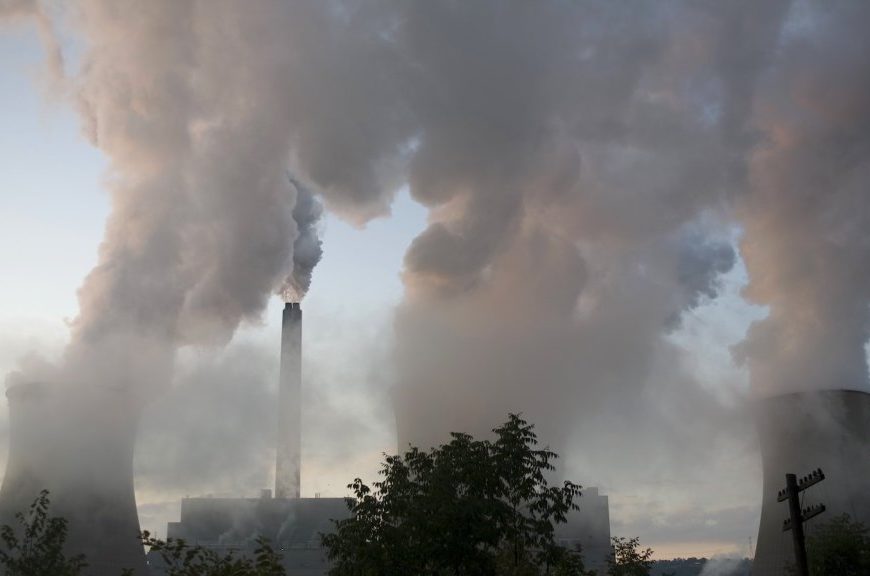
Calibration gas is surprisingly important to successful compliance with industrial emissions regulations. Various legislation mandates the need for continuous emission monitoring (CEM) in industrial installations. The best-known piece of relevant U.S. legislation is the Clean Air Act (CAA), while Europe has the Industrial Emissions Directive (IED). Each requires installations to monitor and report emissions accurately – with astronomical costs for non-compliance. Accuracy in monitoring is, therefore, essential.
CEM Calibration Gas Types
CEM systems commonly utilize binary gas mixtures, balanced with either nitrogen or air, for calibration purposes. These calibration gases must be accredited according to ISO 17034 and ISO 17025 standards. Such accreditation ensures that CEM calibration gases adhere to stringent quality control requirements and are traceable to international standards. This traceability guarantees consistency and reliability in emission measurement data.
Initial Calibration (QAL1)
When a CEM system is first installed, it undergoes an initial calibration (Quality Assurance Level 1, QAL1). This calibration is performed using known concentrations of test gas that align with the analyzer’s anticipated measurement range. At this stage, the gas quality requirements are not as stringent because the calibration is conducted according to the manufacturer’s instructions. The objective is to establish a baseline for future measurements.
Ongoing Calibration (QAL3)
Regular drift assessments, referred to as QAL3, are required to maintain the precision of the CEM system over time. During these checks, gasses traceable to ISO 6141:2000 are used. There is no strict guidance on the concentrations of these gasses. However it is recommended to use concentrations that are 80-100% of the short-term Emission Limit Value (ELV). This practice helps detect and correct deviations in the system’s performance.
Linearity Assessments
Linearity assessments are crucial to ensure the CEM system can accurately measure emissions across a range of concentrations. These tests typically involve using gasses at varied concentration levels, such as 20%, 40%, 60%, and 80% of twice the daily ELV. By evaluating the system’s response at these levels, operators can verify the linearity and consistency of the measurements.
Calibration Gas Certificates
All Certified Reference Material (CRM) mixtures used for calibration must be issued with ISO 17034 and ISO 17025 certificates. These certificates confirm the traceability and accuracy of the calibration gasses. They are essential for maintaining the integrity of emission data. This certification process ensures that the gasses used for calibration are reliable and of high quality.
Frequency of CEM Calibration
The frequency of CEM calibration checks is a critical aspect of maintaining the accuracy of CEM systems. Daily calibration checks, performance specification tests, and periodic quality assurance audits are typically required. The exact frequency may vary depending on regulatory requirements and the specific CEM system in use. Regular CEM calibration helps detect any drift or anomalies in the system early.
Calibration Drift Specifications
For certain pollutants, such as hydrogen chloride (HCl), there are specific calibration drift specifications. For example, it is recommended to restrict the calibration drift to 5 percent of the span over seven consecutive days. This specification helps maintain the accuracy of measurements for pollutants that are particularly challenging to monitor.
Alternative Calibration Techniques
Due to the high cost of some calibration gasses, such as HCl, alternative calibration techniques are sometimes employed. These alternatives must meet the necessary performance criteria to be considered valid. Alternative methods can be a cost-effective solution while still ensuring the accuracy and reliability of the CEM system.
Calibration of The Entire Measurement System
Calibrating the entire measurement system, not just individual components, is essential. This comprehensive approach ensures that all parts of the system work together accurately to provide reliable emission data. By calibrating the entire system, operators can avoid discrepancies that might arise from uncalibrated components.
Compliance with Standards
The calibration process and gas requirements must comply with relevant standards, such as BS EN 14181, and specific regulatory guidelines provided by environmental agencies. Compliance with these standards ensures that the CEM system meets regulatory requirements. It also provides reliable data for environmental monitoring and reporting.
Achieve Successful CEM Calibration With Tools From Environics
The accuracy and reliability of CEMCS (CEM calibration systems) are of utmost importance. Effective CEM calibration, using certified gases, is crucial for ensuring these systems operate efficiently and comply with stringent regulatory standards. Dependable results from CEM systems also rely on accurate quantification of flow rates. At Environics, we recognize the complexities and demands associated with CEM calibration and are committed to meeting these challenges. Using gas dilution systems for CEM calibration allows technicians to save time and monet, reducing the number of lower concentration cylinders required for calibrations.
Please visit our CEM calibration page for more detailed information on how Environics can assist with CEM calibration requirements. With Environics, you can be assured of superior quality, compliance, and performance in all your emission monitoring endeavors.
References
- Monitoring Quick Guide 6. Scottish Environment Protection Agency. https://www.sepa.org.uk/media/155979/qg6_calibrating_pm_monitoring_cems_sepa_version_1.pdf. Published 8th November 2012. Updated 10th April 2015. Accessed 2nd July 2024.
- Test Gas Concentrations Used Under BS EN14181. SOCOTEC. https://www.socotec.co.uk/media/blog/test-gas-concentrations-used-under-bs-en-14181. Published 25th April 2019. Accessed 2nd July 2024.
- Peeler J. Guidelines for CEMS Performance Specifications and Quality Assurance Requirements for Municipal Waste Combustion Facilities. United States Environmental Protection Agency. https://www.epa.gov/sites/default/files/2020-08/documents/02-nescaum.pdf. Published September 1990. Accessed 2nd July 2024.

